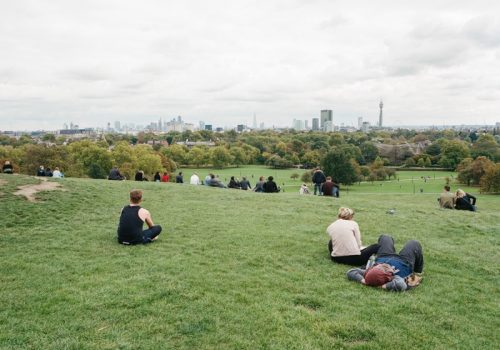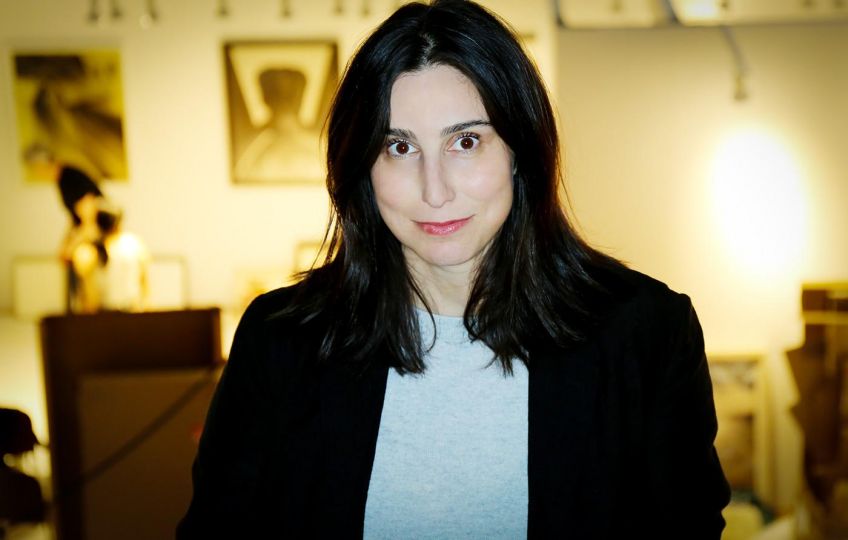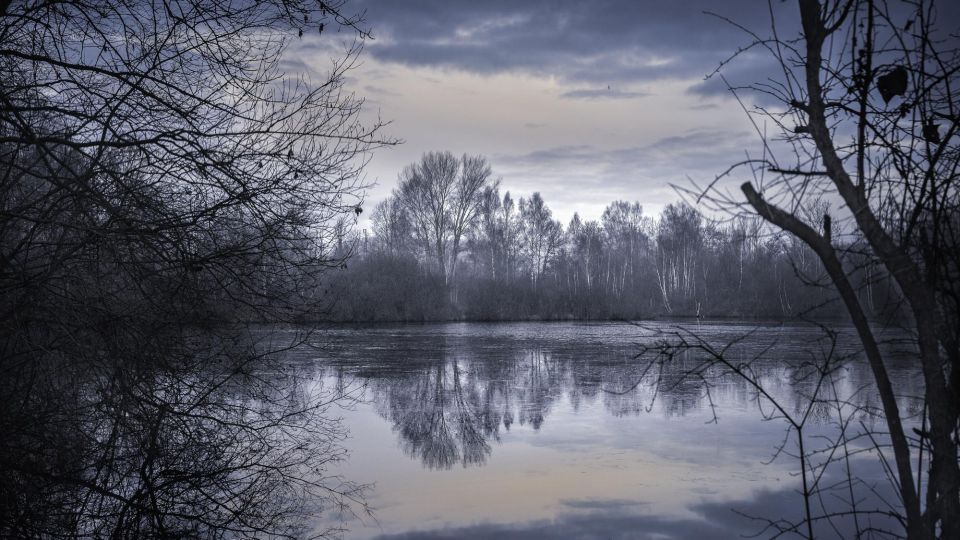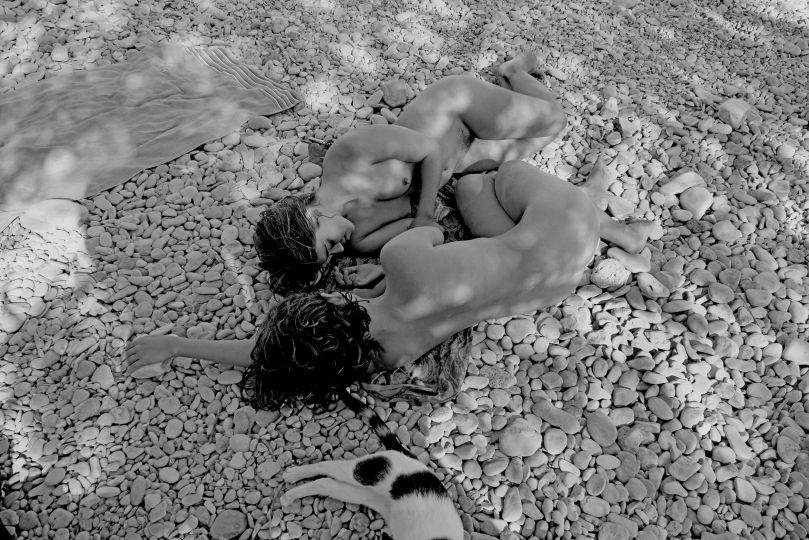I come back to live in London after many years. Despite the uncertainty of the Brexit, the City is changing. Cranes, indicating a new real estate development, are everywhere. A repetitive architecture denotes new residential districts ready to show. It is hard for me to distinguish the places where I spent my youth, characterized by standard bricks and mortar houses and high tower blocks, symbolizing the ideal, or, better, the utopia, of an egalitarian city, assuring home to the working class and integration to immigrants. This model formed the basis of London expansion occurred after the war and terminated during the ‘70s, when, after the war destructions, housing was the main issue to cope with to receive the growing immigration coming to work in London.
The City is currently experiencing a significant expansion comparable with that after the war, but, differently from the past, new homes are for investors’ trading and not for people. The current landscape appears more formatted according to global standards, including a bit of Beijing, a little of Mumbai, a fragment of New York. The City is more a collection of buildings rather than a human settlement. The anonymous architecture of deserted new developments denotes that new homes are not for people, but assets from which to profit.
Exploring deserted new developments and traditional areas I realize that the utopia of an egalitarian city has been definitively buried. My portraits of London witness the end of the utopia and, unfortunately, the new shape of the City, preparing to leave Europe.
















